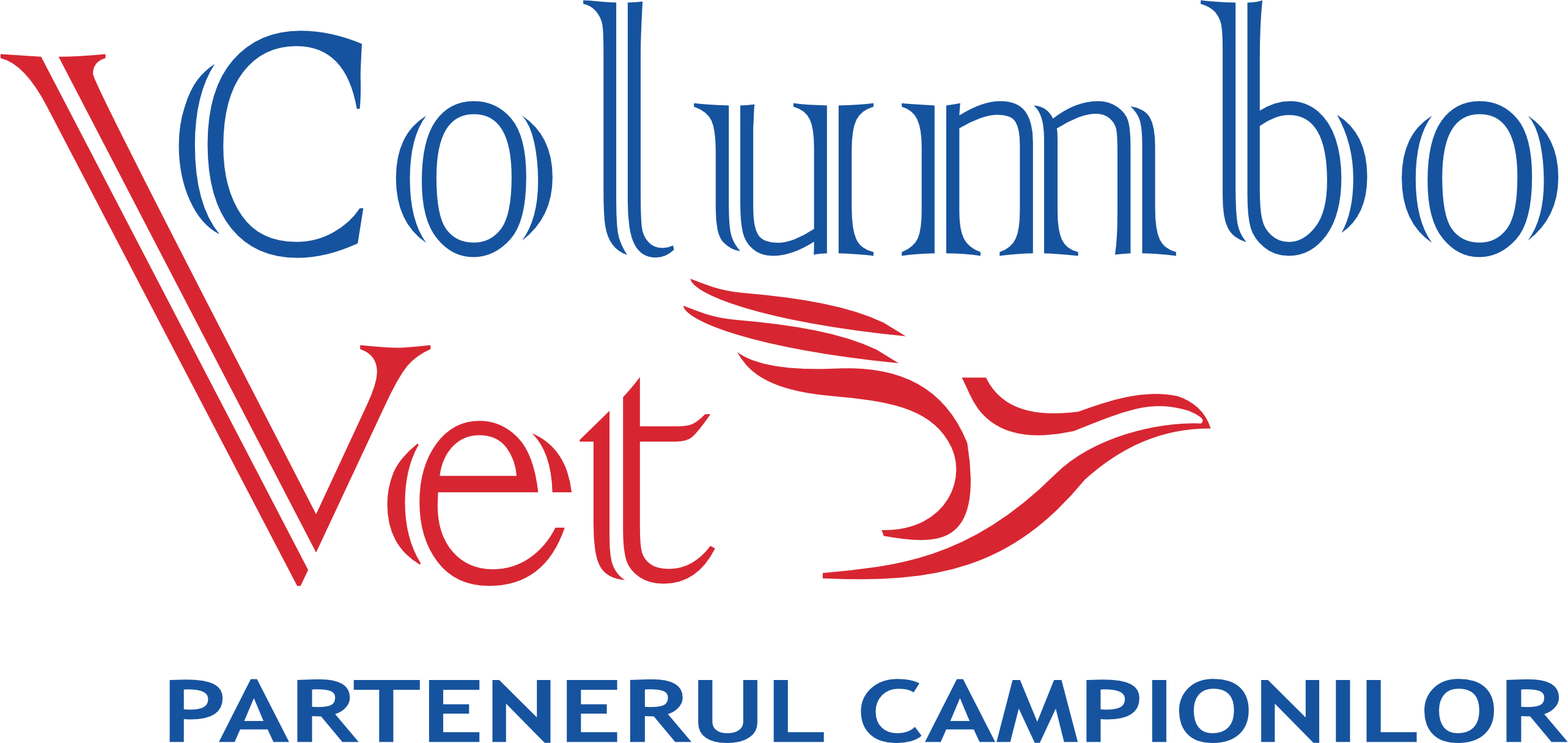A conditionally pathogenic disease
Coccidiosis is a parasitic disease specific to all species of mammals and birds. It presents serious clinical forms in young animals and is erased or invisible in adults. Coccidiosis has protozoa from the Eimeride family as etiological agents. Those that make chickens sick are not pathogenic for pigeons and vice versa. the most widespread protozoa in pigeons are represented by two species: E. labbena and E. columbarum. Both species only affect pigeons. They appear in the form of cysts that become infectious only after they have matured in the external environment.
The disease is common in pigeons, most of them being carriers of coccidia. Coccidiosis usually occurs in seasons with increased humidity, when favorable factors are created in the shelter (heat and humidity). They are installed in overcrowded, unhygienic pigeon lofts, with droppings not picked up on time or with improperly placed waterers and feeders, which can be contaminated with oocysts from the droppings.
Other factors favoring the disease are: quantitatively and qualitatively unbalanced fodder rations, feeding deficient in vitamins (A, complex B, vitamin E, K), in some elements (calcium, selenium) or essential amino acids.
The biological cycle
Coccidia have two stages of development: one in the external environment and another endogenous, in the body. A sick bird excretes coccidia eggs (oocysts) in its faeces. In conditions of humidity and heat, they will evolve to the stage of infesting oocysts. Contamination of pigeons is done by ingesting them together with water or food. Once in the intestine, they release the component elements, which will penetrate the intestinal mucosa, where the second (endogenous) development phase of the parasite takes place. The oocyst stage is reached again and thus the cycle starts again.
Symptomatology and evolution
After digesting the ouachists, the pigeons develop lesions in the intestinal wall and within 4-7 days they start to excrete ouachists. The disease can develop in two forms:
• an asymptomatic or subclinical form which is also the most common – in which the pigeons ingest small amounts of ouachists and manage to immunize themselves. In this way, a balance is created between host and parasite;
• an acute form, when the pigeons ingest large amounts of ouachists and the evolution of the disease becomes serious through the intervention of other stress factors. Pigeons lose weight, have gray or bloody muco-watery diarrhea, lack of appetite, thirst, matte plumage without gloss and a dirty appearance.
The disease evolves in an acute form in chickens and youth, which become depressed, with ruffled feathers, bruised skin. They do not consume food, drink a lot of water, have diarrhea, sometimes bloody. All this leads to weight loss, emaciation of muscle mass, deviation of the sternal hull, flight delay and even death. In adults, the evolution of the disease is chronic. Clinical signs are absent or erased, being manifested only by weakening and dull feathers.
The presumptive diagnosis is based on clinical signs, but the definitive diagnosis is made only in the laboratory. The differential diagnosis is made with other diseases with a similar clinical and lesional appearance (hypovitaminosis, digestive helminthosis, trichomonosis, salmonellosis, enteritis of various etiology, etc.).
Prophylaxis and treatment
Daily cleaning in the shelters and adequate ventilation to avoid moisture is recommended. Periodic disinfection of the shelter with specific solutions is mandatory, and if necessary, by buckling. Dishes for water and food are cleaned and disinfected daily. Chemoprophylaxis and treatment are done with anticoccidial drugs based on sulfamides or oral solution, amprolium or with drugs that contain antibiotics with anticoccidial role. Preventive and curative, during the entire treatment with anticoccidial products, vitamins must be administered. Treatment with sulfonamides must be associated with vitamin K3 administered in drinking water.
